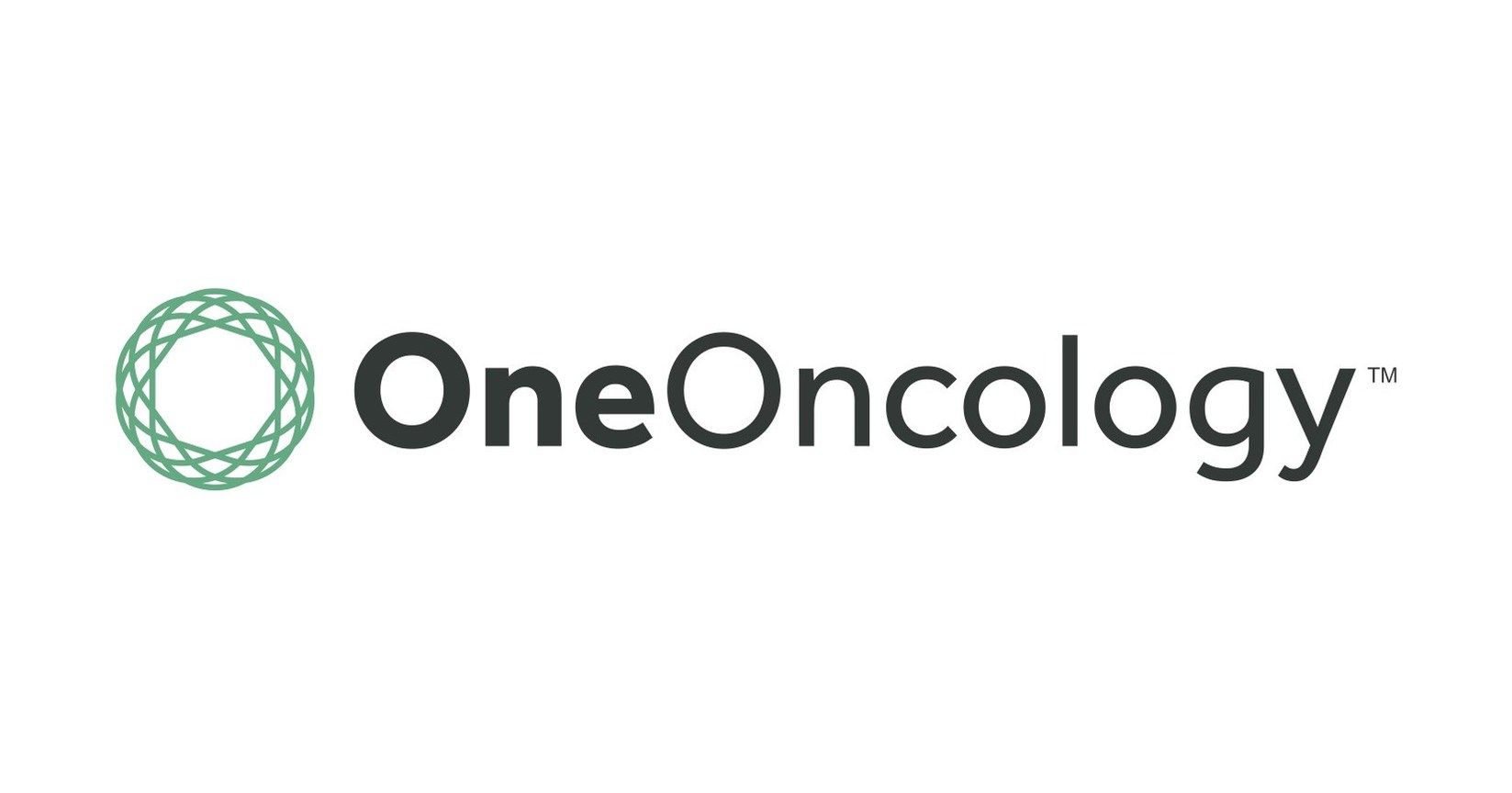Article
Personalized Preventive Care Positively Impacts Cost Savings, Health Management
Author(s):
Personalized preventive care achieves definitive cost savings and better health management within 3 years of adoption, MDVIP study finds.
Personalized preventive care achieves definitive cost savings and better health management within 3 years of adoption, according to a new study from MDVIP (MD-Value In Prevention) published in Population Health Management.
Employers have independently implemented health management programs designed to improve the health of their employee and spouse populations. These programs also lessen healthcare expenditure and improve productivity. Based on thorough research of their modifiable lifestyle behaviors, healthcare expenditures and health risk changes, the programs can facilitate risk improvement for even those who suffer from few or no chronic conditions.
The study aims to assess the influence of a personalized preventive medicine program on healthcare utilization and expenditure trends over time. The personalized program includes delivering individualized care focused on lifestyle behavior modification, disease prevention, and compliance with quality-related metrics.
Utilization Reduced, Cost Savings Achieved
For the purpose of the study, MDVIP members were identified from UnitedHealthcare employer-sponsored health plan databases from 2009 to 2014. The participants for the study were between the ages of 35 to 84 years, and had a continuous health plan membership of at least 3 months prior to MDVIP enrollment. Random selection of nonmembers was also included.
Including members and nonmembers, there were finally 10,186 participants. Multivariate modeling was used to control for demographics, socioeconomics, supply of healthcare services, and health status among the participants.
It was observed that MDVIP members experienced reduced utilization of emergency room and urgent care services compared to nonmembers. Additionally, an increased percentage of members achieved cost savings compared to nonmembers. The savings were much more noticeable for older age groups. Because older people would be treated with preventive care (meaning better condition management) early on, it resulted in massive savings later on by avoiding a lot of treatment later on. For the younger age groups, the savings were evident much later, by the third year after enrollment.
Link to Improved Health Management
The findings provided evidence for the link between primary care model and positive healthcare expenditure outcomes and improved health management. If policies focus more on enhancing the relationship between physicians and patients as well as improving quality and personalized preventive care within a time frame of 3 years, then there can be definitive positive trends on savings and quality health management.
“The data speaks for itself and corroborates several of our other showing the clinical and economic value of a close doctor-patient partnership that enables a level of personalized care that’s just not possible in volume medicine today,” Andrea Klemes, DO, chief medical officer of MDVIP, said in a statement.




